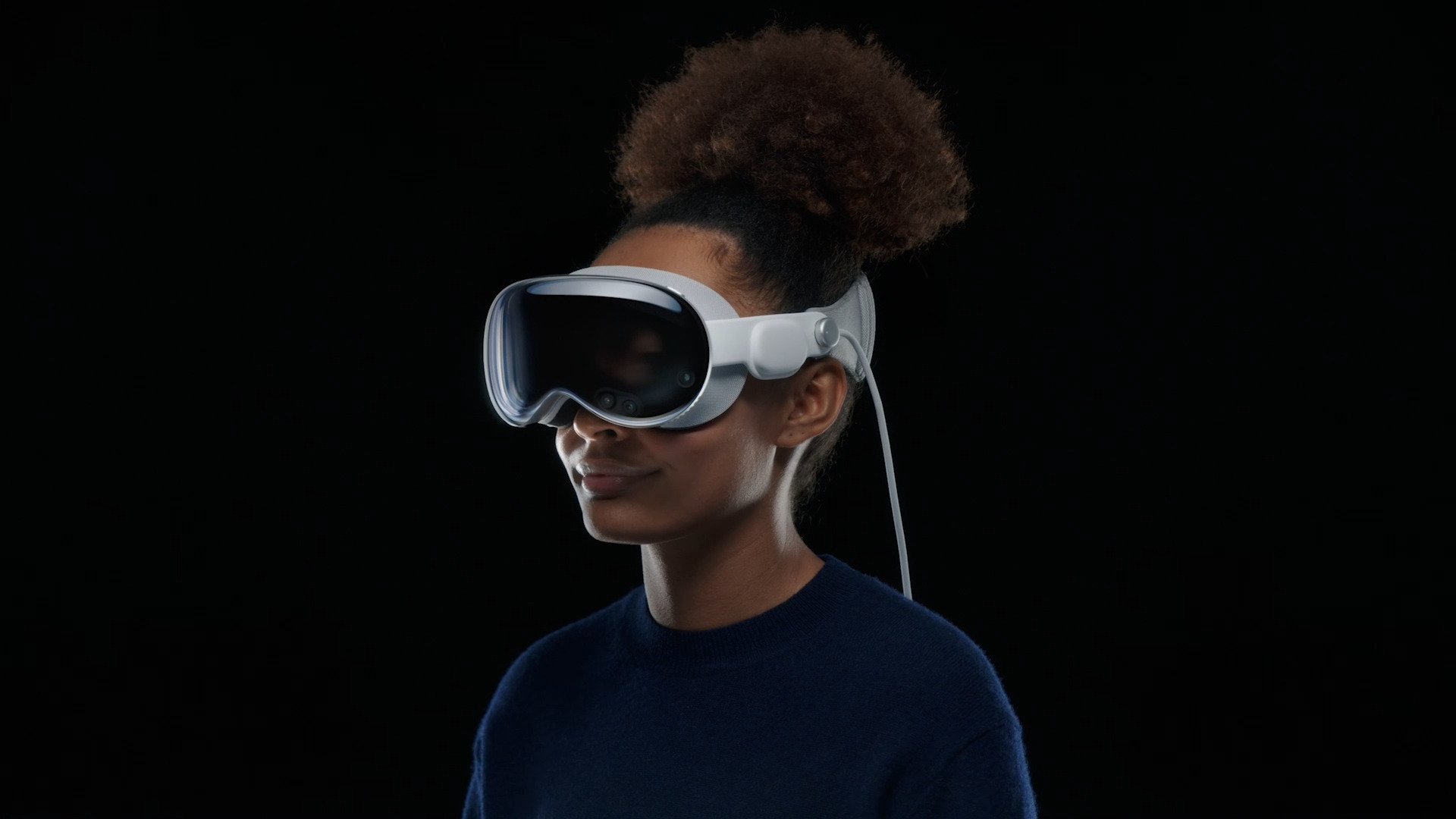Copa America 2024 Final Security Breach: The Role of Biometric Cameras in Identifying Unauthorized Attendees
The Copa America 2024 final, a much-anticipated event, was marred by significant security issues when thousands of attendees managed to enter the stadium without tickets. This breach not only raised concerns about the effectiveness of traditional security measures but also highlighted the potential of advanced technologies like biometric cameras in enhancing security. In this blog post, we will explore the incident, the subsequent use of biometric cameras to identify unauthorized individuals, the punishments imposed, and the broader implications for event security.

The Incident
The Copa America 2024 final, held at a prestigious stadium, was expected to be a showcase of top-tier football talent and a celebration for fans across the continent. However, the event took an unexpected turn when more than 7,000 individuals entered the stadium without proper tickets. This overwhelming influx of unauthorized attendees created chaos, disrupted the event, and posed serious safety risks.
Immediate Response and Challenges
Stadium security, already under pressure due to the large crowd, struggled to manage the situation. Traditional security measures, such as manual ticket checks and physical barriers, proved insufficient to handle the sheer number of unauthorized entries. The breach underscored the limitations of conventional methods in preventing and managing such large-scale security issues.
Biometric Cameras to the Rescue
In the wake of the incident, authorities turned to advanced technology to address the problem. Biometric cameras, equipped with facial recognition software, were deployed to identify and track the individuals who had entered the stadium without tickets. These cameras scanned the faces of attendees, comparing them against a database of ticket holders and known individuals.
The use of biometric technology proved highly effective. Over the course of a few days, more than 7,000 unauthorized individuals were identified. The detailed data collected through these cameras provided valuable information to law enforcement agencies, helping them understand how the breach occurred and who was responsible.

Punishments Imposed
Following the identification of the unauthorized attendees, authorities have announced a series of punitive measures to address the breach and deter future violations. Those identified have been subjected to fines ranging from $500 to $2,000, depending on the severity of their actions and any previous offenses. In addition to financial penalties, many of the individuals face temporary bans from attending future sporting events, with some receiving bans of up to five years.
Furthermore, law enforcement agencies are investigating possible connections to organized groups that may have facilitated the breach. Individuals found to be part of such groups could face additional charges, including conspiracy and fraud, which carry more severe penalties, including potential jail time.
Privacy and Ethical Concerns
While the deployment of biometric cameras was successful in identifying unauthorized attendees, it also raised important privacy and ethical questions. The use of facial recognition technology in public spaces is a contentious issue, with concerns about surveillance, data security, and individual privacy rights. Balancing the need for security with the protection of personal privacy remains a key challenge for authorities and event organizers.
Implications for Future Events
The Copa America 2024 incident serves as a critical case study for the future of event security. The successful identification of unauthorized individuals through biometric cameras demonstrates the potential of advanced technologies in enhancing security measures. However, it also highlights the need for comprehensive policies and regulations to address privacy concerns and ensure the ethical use of such technologies.
Event organizers and security professionals must consider integrating biometric systems with traditional security measures to create a more robust and effective security infrastructure. Proper planning, clear communication, and transparent policies will be essential in gaining public trust and ensuring the smooth and secure execution of large-scale events.
Conclusion
The security breach at the Copa America 2024 final underscored the limitations of traditional security measures and highlighted the potential of biometric cameras in addressing such challenges. While the use of advanced technology proved effective in identifying unauthorized attendees, it also raised important ethical and privacy concerns. The punishments imposed on those identified aim to deter future violations and maintain the integrity of event security. As we move forward, finding the right balance between security and privacy will be crucial in leveraging technology to create safer and more secure events.


